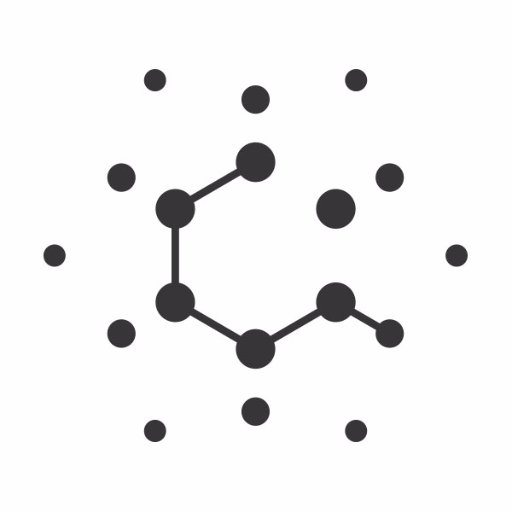
@QuantaMagazine
Illuminating math and science. Supported by @SimonsFdn . 2022 Pulitzer Prize in Explanatory Reporting.

@QuantaMagazine
Illuminating math and science. Supported by @SimonsFdn . 2022 Pulitzer Prize in Explanatory Reporting.